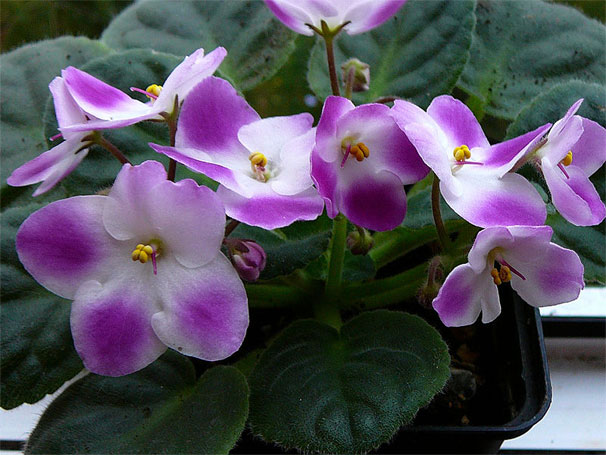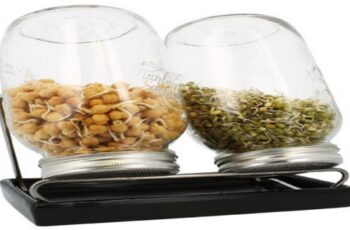Ad Blocker Detected
Our website is made possible by displaying online advertisements to our visitors. Please consider supporting us by disabling your ad blocker.
6/Choosing your plant:
It’s about using the same common sense when choosing your African violet as when choosing any plant for your home or garden. Choose the healthiest plant, the one with the darkest green leaves and the healthiest buds, and buy your violets from a reputable grower or nursery. You can also check out Amazon, there are tons of positive reviews from people buying live plants from Amazon.
7/Choose your container:
All potted plants should be planted in containers with adequate holes for drainage, and African violets are no exception. Good drainage is essential to avoid root rot, so if you can’t do without a ceramic pot without holes, put the plant in a plastic container with drainage holes and place this container inside of the ceramic pot. Remove the plastic pot from the ceramic pot for watering, and do not put it back until the excess water has drained away.
Extra tip: Use a self-watering planter (self-watering system for African violets).
8/Potting soil:
Again, drainage is very important to keep your African violet healthy, so choose a commercial mix of sterile potting soil and perlite. If you must report, be sure to use a sterile potting mix. In this guide, you will find more information on potting mix options for African violets.

9/Feeding:
African violets don’t need a lot of fertilizer, and can suffer from over-fertilization; too much or too little fertilizer can result in lots of green leaves but very few flowers. If you find that your plant is not thriving or blooming very often, use a fertilizer made specifically for African violets, and don’t overdo it.
10/Propagation:
African violets like to be a little rooted in their pots, and this is when they will produce offspring that can grow into new plants. When you see that new crowns have formed in the pot, remove the whole plant so that you can carefully separate the new growth and put it in its own container. You can also cut a leaf from the plant and root it in water, making sure the water does not cover the leaf. A third method is to cut a leaf with its stem, soak the stem in rooting hormone, then plant the soaked stem in a pot containing a sterile potting mix.
[mashshare]

